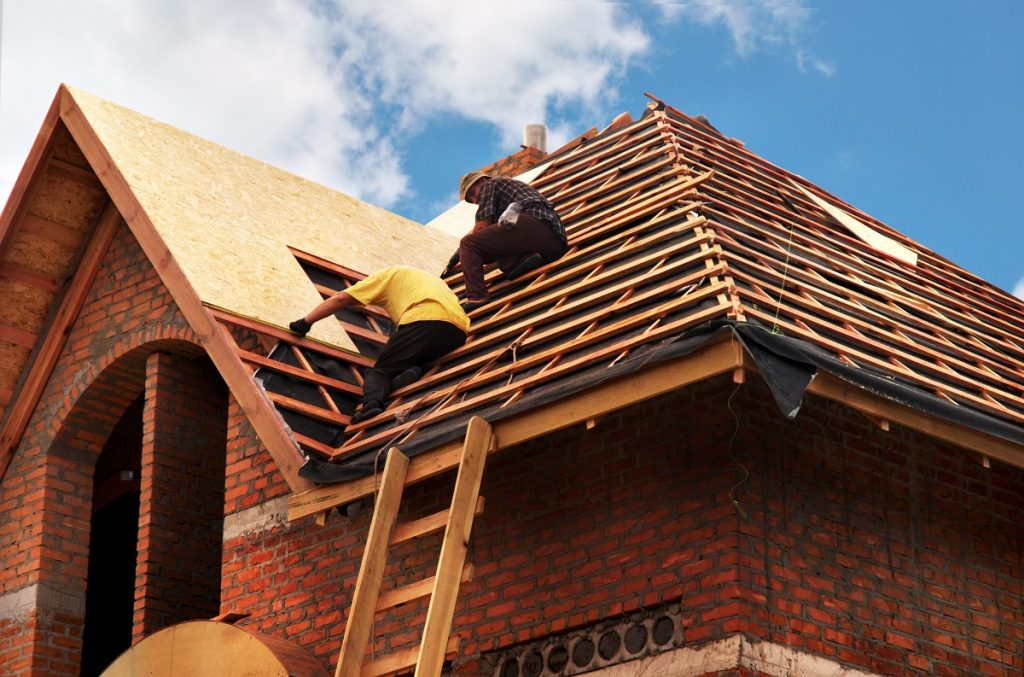If you’re an expert builder who chose to construct your own house to save more money, your entire budget shouldn’t just be allotted for building materials and furnishings. Your health and safety should be prioritized in your investments, too.
Multiple health hazards lurk in construction sites. Most of them are just particles, so you’ll never notice them until you feel some symptoms. But you don’t have to wait until the last minute to protect yourself. Aside from wearing high-performance disposable face masks for construction workers, you should also be informed about the harmful substances you’re about to be exposed to.
Also, considering that there’s an ongoing pandemic, you can’t risk being admitted to a hospital, which may have COVID-19 patients. Though doctors and nurses don PPE, you can’t be certain that the surfaces you’ll touch aren’t infected.
That said, let’s run through the health hazards in construction sites, and the importance of wearing the proper PPE.
Health Hazards in Construction

-
Silica Dust
Silica is contained in natural stone, bricks, and concrete. Any process involving breaking, crushing, and grinding disturb silica, which will emit dust in turn. You’re at high risk of exposure when you operate pneumatic breakers, drillers, and masons.
Overexposure to silica dust may cause silicosis, a disease with lung fibrosis, causing laboured breathing.
-
Lead Dust
Lead dust is generated from handing materials containing lead or lead compounds. Leaded paint and metallic lead are common sources. It may also suffuse in the air when you hot cut or dismantle tanks that previously contained lead compounds. Welding tasks particularly pose a high risk of exposure, which can cause acute or chronic health conditions.
-
Asbestos Dust
Another substance notorious for causing serious diseases, asbestos is commonly found in thermal and acoustic insulation materials, fire resistant wall partitions, cement sheets, and flooring materials. If you’re going to be demolishing any of those materials, you’d need an asbestos contractor to handle it for you.
-
Gases, Vapour, and Fumes
Processes such as welding, flame cutting, using of internal combustion engines and LPG burners, burning of waste, paint spraying, and using adhesives and thinners can release hazardous gases, vapour, and fumes in the air. The health effects vary depending on the type, toxicity, and concentration of the substances that are present at the site. The health effects are also potentially long-lasting.
-
Chemicals
Construction work normally involves the use of various oils, solvents, disinfectants, bleaches, acids, epoxy resins, and others. These liquids may cause skin cancer, irritations, or allergies.
-
Heat
Working in a poorly ventilated site or under direct sunlight may cause heatstroke, heat rashes, heat exhaustion, and other heat-related conditions.
How Personal Protective Equipment Secures Your Health
Safety goggles protect your eyes from chemical or metal splashes, dust, projectiles, gas and vapour, and radiation. If you’d be uncomfortable with the bulk of goggles, you can choose a face shield, spectacles, or a visor.
Before choosing an eye protection, however, be sure that it’s suitable for your tasks, and that it’ll fit you properly.
PPE also include a helmet, which doesn’t just protect your head from bumps, but also from falling debris and machinery, where your hair can get caught. It also defends against chemical drips and splashes.
Ear protections such as ear muffs, earplugs, or semi-insert/canal caps regulate noise levels, which can improve your concentration and keep you from getting into an accident. And of course, face masks and respirators shield your lungs from the hazardous gases, dusts, vapour, and fumes. Just ensure that you’ll be using ones that are specifically designed for construction work, and that they fit you well.
Even if you’re confident that you’ll be safe, wear a full-body PPE, nonetheless. There’s nothing to lose in being cautious. Plus, it’s wiser to be prepared immediately than only see the benefit from hindsight.
